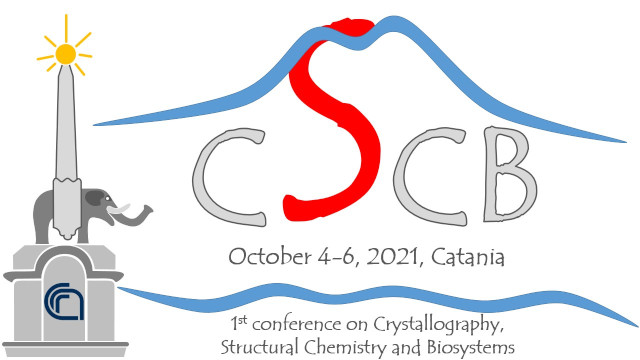Speaker
Description
Copper (Cu) is an essential micronutrient for most organisms and serves mainly as a redox-active catalytic centre in enzyme cycling between Cu+ and Cu2+. In mammalian cells the membrane transporter Ctr1 regulates the import of Cu into the cytosol (Fig.1). Even though the Cu is imported by Ctr1 as Cu+ , it may be transferred as Cu2+ to the high-affinity N-terminal Cu2+ binding site of the h-Ctr1 extracellular domain (ATCUN) and then reduced, for instance by ascorbate or a STEAP reductase on the cell membrane [1]. The critical nature of Ctr1 in human health has spurred interest in structure and function; however details on Ctr1- dependent Cu uptake and transport have to be elucidate [2]. Several studies on Ctr1 model peptides shed light on the identity of the Cu uptake through the extracellular binding site motif, but unresolved questions are yet opened [3]. We examinated the copper coordination mode of the Ctr11-14 fragment, a most used Ctr1 model peptide, in the presence of an excess of copper (II) (1:2 peptide/copper ratio). Taking in consideration that silver ion may adopt the typical Cu+ coordination modes we used Ag+ to study the possible formation of ternary complex species with Cu2+ . A combined potentiometric, spectroscopic and redox study, revealed that, at physiological pH, no ternary complex species are present, suggesting a crucial involvment of the His 3 as an anchoring point in the coordination of the Cu2+ and/or Ag+

